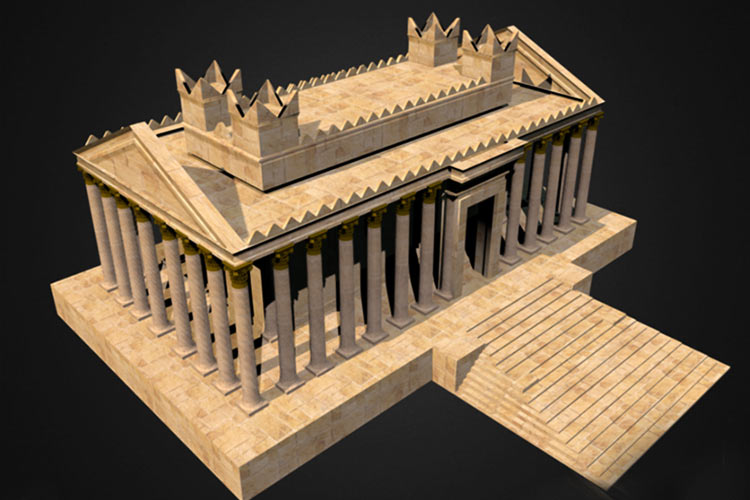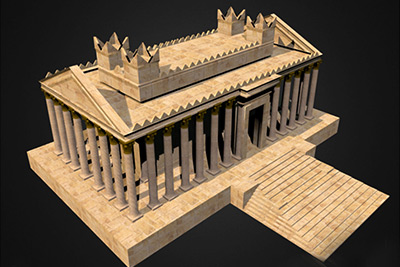Marriage of technology and cultural heritage is fraught
What is gained, and lost, by digitizing and replicating objects of cultural heritage? Sonia Katyal, faculty co-director of the Berkeley Center for Law & Technology, is coauthor of a piece in the Boston Globe exploring this complex issue.

May 6, 2016
“If All Else Fails, 3D Models and Robots Might Rebuild Palmyra,” read a recent New York Times headline. The article went on to discuss the virtues of 3D modeling, as a way to preserve historical treasures being damaged and destroyed in the war in Syria (and elsewhere).

3D model of the ancient Temple of Bel, at Palmyra, Syria, damaged by ISIS in 2015 (#NEWPALYMYRA image)
“If they knock it down, we will rebuild it,” a founder of the Institute for Digital Archeology was quoted as saying. “If they knock it down again, we will rebuild it again.”
What is gained, and lost, by digitizing and replicating objects of cultural heritage?
Sonia K. Katyal, faculty co-director of the Berkeley Center for Law & Technology, and Simone C. Ross, cofounder of the conference and media company Techonomy, explore this complex issue in a recently published opinion piece.
Are the resulting legal disputes, they ask, “reruns of the same IP disputes” prompted by other disruptive technologies? “Will all these advances in technology have the same impact on museums, archaeology, and other preservation industries as digitization had on the music or film industry? What are the unintended consequences not yet anticipated on the public domain, our vast swath of cultural knowledge that is already open for all?”
Read Katyal and Ross’s essay in the Boston Globe.